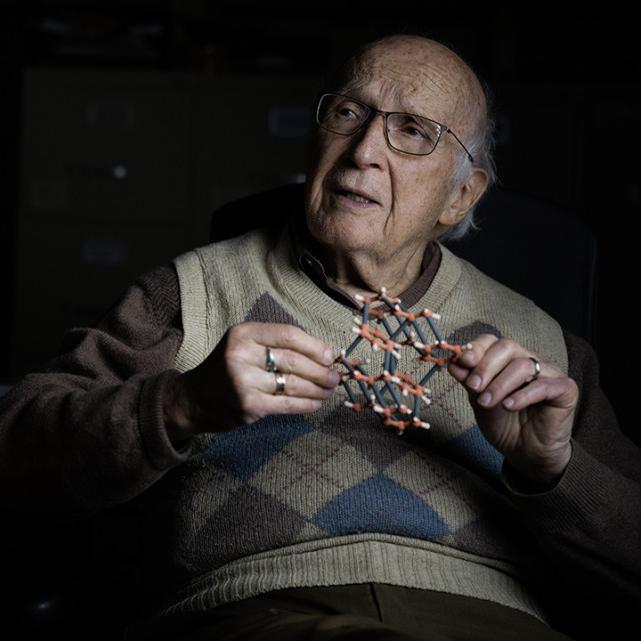Gas Phase Chemistry of Cool Exoplanet Atmospheres: Insight from Laboratory Simulations by C. He, CSI member Nikole Lewis, and colleagues, email: nikole.lewis@cornell.edu
Photochemistry induced by stellar UV flux should produce haze particles in exoplanet atmospheres. Recent observations indicate that haze and/or loud layers exist in the atmospheres of exoplanets. However, photochemical processes in exoplanetary atmospheres remain largely unknown. We performed laboratory experiments with the PHAZER chamber to simulate haze formation in a range of exoplanet atmospheres (hydrogen-rich, water-rich, and carbon dioxide-rich at 300, 400, and 600 K), and observed the gas phase compositional change (the destruction of the initial gas and the formation of new gas species) during these experiments with mass spectrometer. The mass spectra reveal that distinct chemical processes happen in the experiments as a function of different initial gas mixture and different energy sources (plasma or UV photons). We find that organic gas products and O2 are photochemically generated in the experiments, demonstrating that photochemical production is one of the abiotic sources for these potential biosignatures. Multiple simulated atmospheres produce organics and O2 simultaneously, which suggests that even the co-presence of organics and O2 could be false positive biosignature. From the gas phase composition changes, we identify potential precursors (C2H2, HCN, CH2NH, HCHO, etc.) for haze formation, among which complex reactions can take place and produce larger molecules. Our laboratory results indicate that complex atmospheric photochemistry can happen in diverse exoplanet atmospheres and lead to the formation of new gas products and haze particles, including compounds (O2 and organics) that could be falsely identified as biosignatures.





